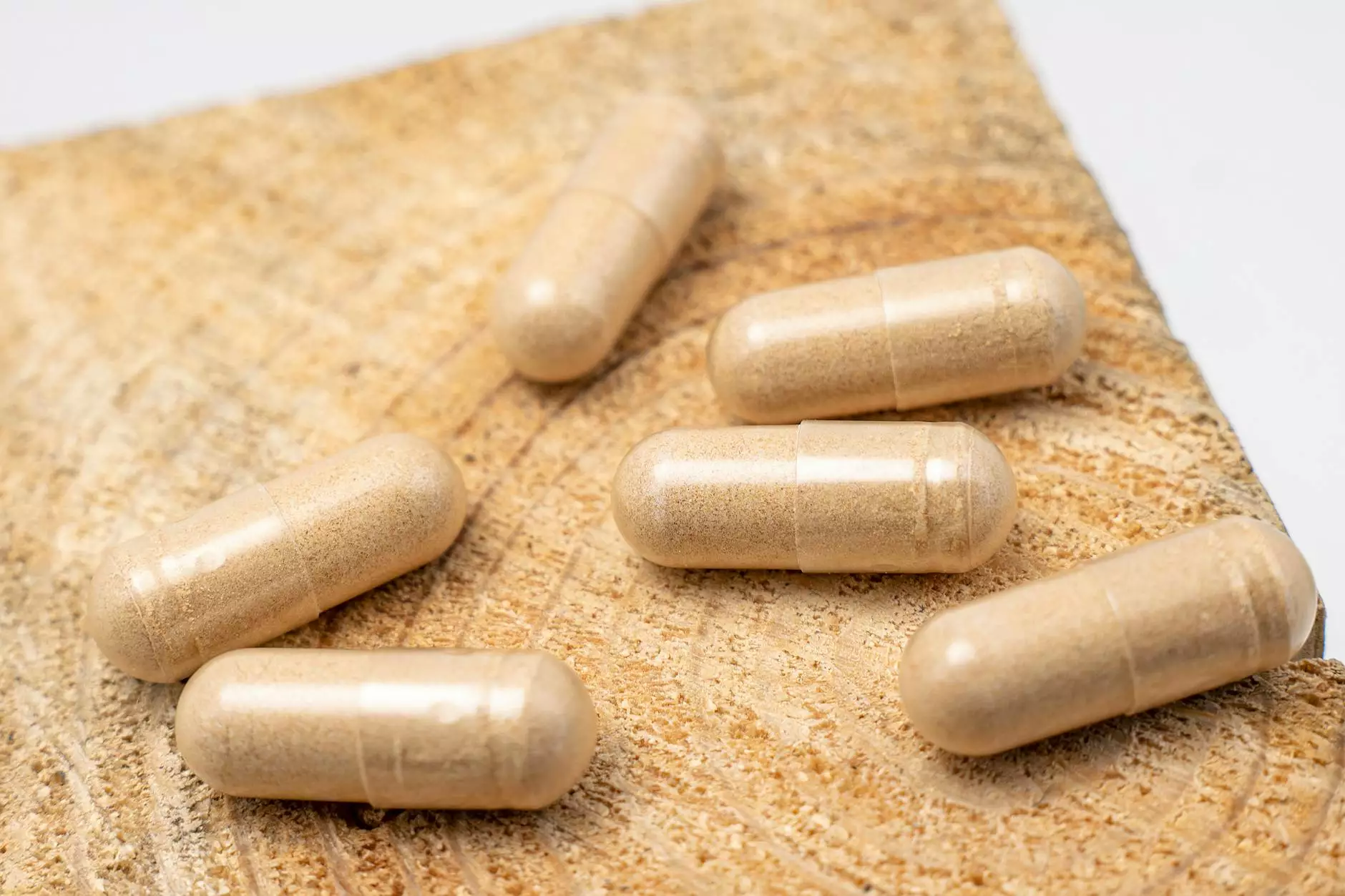Superficial Phlebitis Symptoms - Understanding and Treatment

Welcome to Truffles Vein Specialists, your dedicated resource for all things related to vascular medicine. In this article, we will delve into the topic of superficial phlebitis symptoms, helping you understand this condition and providing you with insights on its treatment.
Understanding Superficial Phlebitis
Superficial phlebitis, also known as superficial thrombophlebitis, is a condition that affects the veins close to the surface of the skin. It occurs when a blood clot forms in a vein, causing inflammation and discomfort. While it usually affects the legs, it can also occur in other areas of the body.
Common Symptoms
Recognizing the symptoms of superficial phlebitis is crucial for early detection and prompt treatment. Here are some common signs to watch out for:
- Pain and tenderness: The affected area may feel sore or tender to the touch. You may experience pain, especially when standing or walking.
- Redness and warmth: The vein may appear red, inflamed, and warm to the touch.
- Swelling: You may notice swelling around the affected vein.
- Hardening of the vein: In some cases, the vein may become hardened or cord-like.
- Visible red lines: Red lines may appear along the affected vein, indicating inflammation.
Treatment Options
When it comes to treating superficial phlebitis, several options are available. It is essential to consult with a qualified vascular medicine specialist, such as those at Truffles Vein Specialists, to determine the most suitable approach for your specific case. Here are some common treatment options:
1. Medications
Your doctor may prescribe nonsteroidal anti-inflammatory drugs (NSAIDs) to alleviate pain and reduce inflammation. In some cases, low-molecular-weight heparin may be recommended to prevent blood clotting.
2. Compression Therapy
Wearing compression stockings or bandages can help improve blood flow and reduce swelling. These garments exert pressure on the affected area, promoting healthy circulation.
3. Local Heat
Applying warm compresses to the affected area can help alleviate pain and reduce inflammation. Be sure to follow your doctor's recommendations regarding the duration and frequency of heat application.
4. Elevation
Raising the affected limb above heart level can help reduce swelling. This position encourages blood to flow away from the affected area, relieving discomfort.
5. Minimally Invasive Procedures
In some cases, when superficial phlebitis is severe or recurrent, minimally invasive procedures may be necessary. These procedures, such as endovenous laser treatment (EVLT) or radiofrequency ablation (RFA), target and close off the affected vein to prevent further complications.
Prevention Tips
While it may not always be possible to prevent superficial phlebitis, adopting certain lifestyle habits can help reduce the risk. Here are some tips:
- Maintain a healthy weight: Excess weight can put strain on your veins, increasing the likelihood of developing phlebitis.
- Stay physically active: Regular exercise improves blood circulation, reducing the risk of blood clots.
- Avoid prolonged periods of sitting or standing: Take breaks and move around to avoid stagnant blood flow.
- Quit smoking: Smoking damages blood vessels, making them more susceptible to inflammation and clotting.
- Wear compression garments: If you have a history of superficial phlebitis, your doctor may recommend wearing compression stockings to support vein health.
Conclusion
In conclusion, superficial phlebitis is a condition that requires prompt attention and treatment. If you experience any symptoms associated with superficial phlebitis, seek medical advice from experienced vascular medicine professionals like the experts at Truffles Vein Specialists. With their expertise in the field, they can provide tailored treatments and guide you towards a successful recovery.



